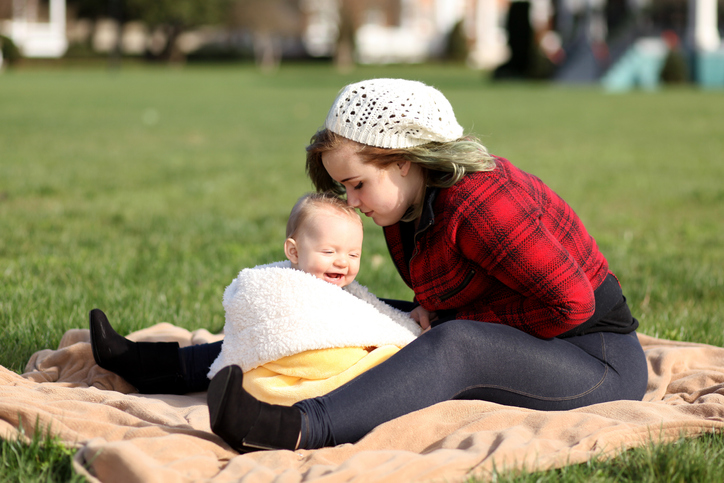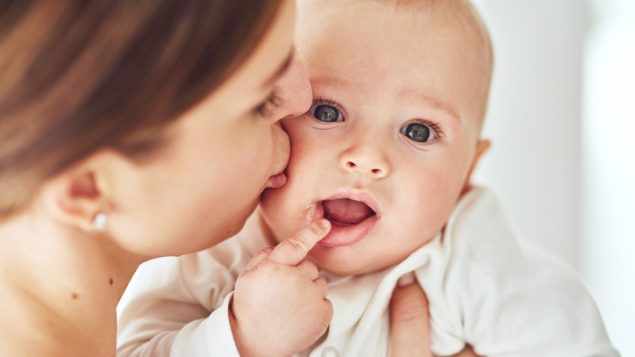Government statistics show that the fertility rate of Canadian women under 30 dropped dramatically between 2000 and 2017 and it went up for women age 30 and older. “A lot is changing and it’s changing very quickly,” says Ron Kneebone of the University of Calgary’s School of Public Policy. “Younger women are having fewer (babies) and older women are having more.”
In examining the statistics, he also found that fertility among girls aged 15 to 19 dropped by half. He says this could be partly because of better sex education in schools.

The number of teenaged girls having babies has dropped by half over 17 years. (iStok)
Education, housing may be influencing women
There is increasing pressure on people to get more education and Kneebone says that may account for lower fertility rates among women in their early twenties. In their later twenties, they may be trying to pay off student debt and accumulate enough money to buy a home, so they may postpone having children.
“We’re seeing studies from the U.S. that show that in cities with high housing costs the fertility has fallen,” says Kneebone. “We see that in some of our data where women aged 25 to 29, their fertility rates are particularly low in those Canadian provinces, particularly in Ontario and British Columbia, where housing prices are particularly high.”
Kneebone says governments should be aware of what affects women’s decisions on having children and to keep that in mind when devising their policies. This is particularly relevant for Canada and other western countries concerned about a declining birth rate.

Prof. Ron Kneebone explains that women’s decisions about having children have changed rapidly and dramatically.
Listen






For reasons beyond our control, and for an undetermined period of time, our comment section is now closed. However, our social networks remain open to your contributions.